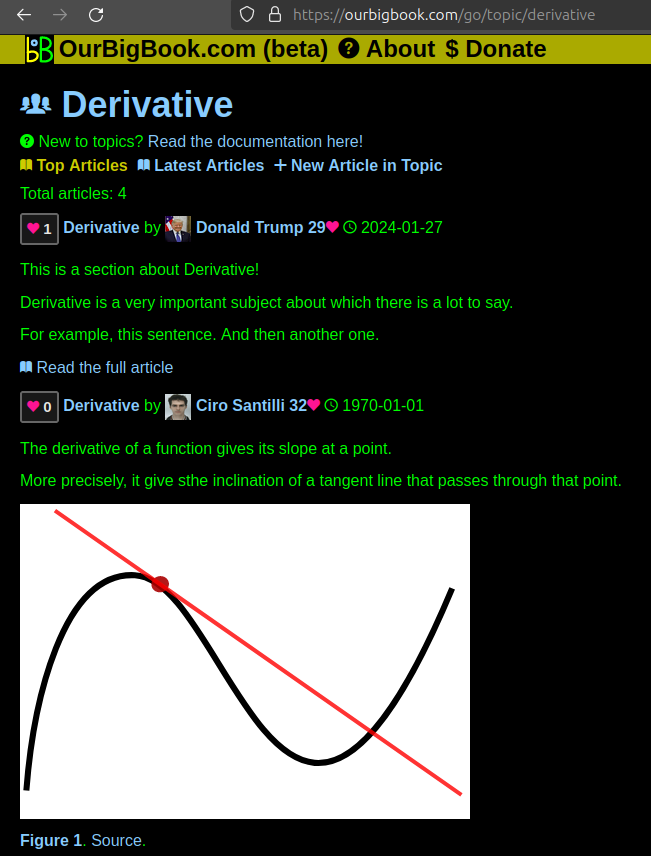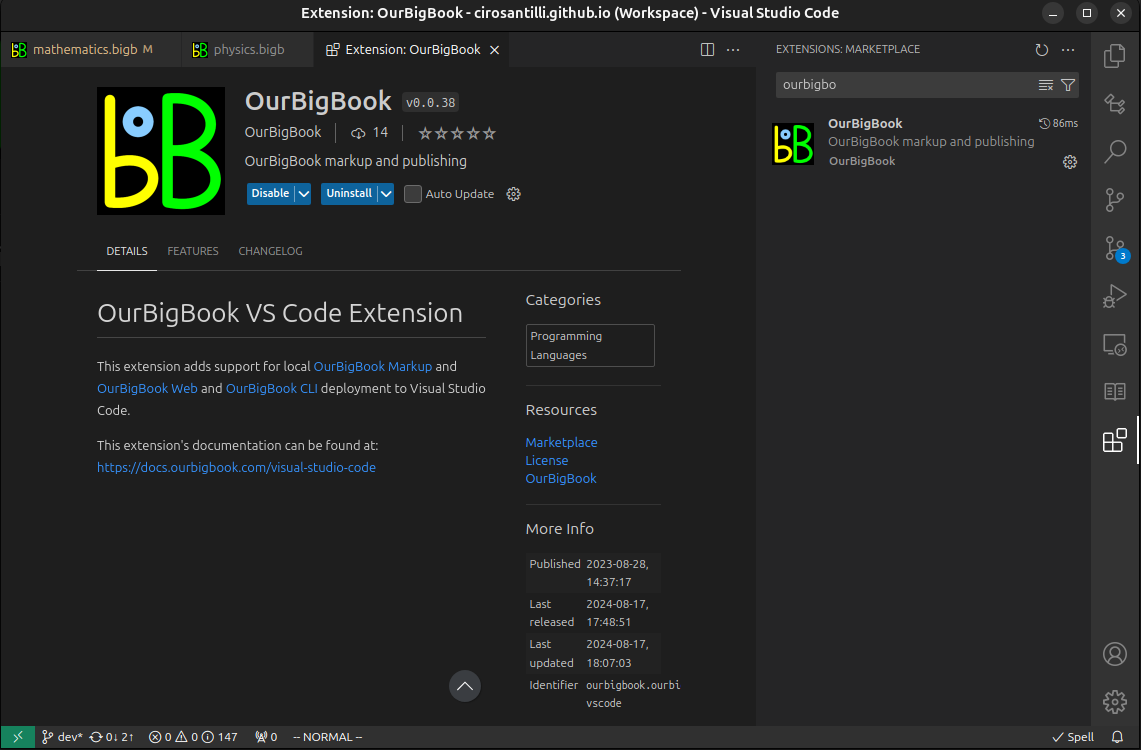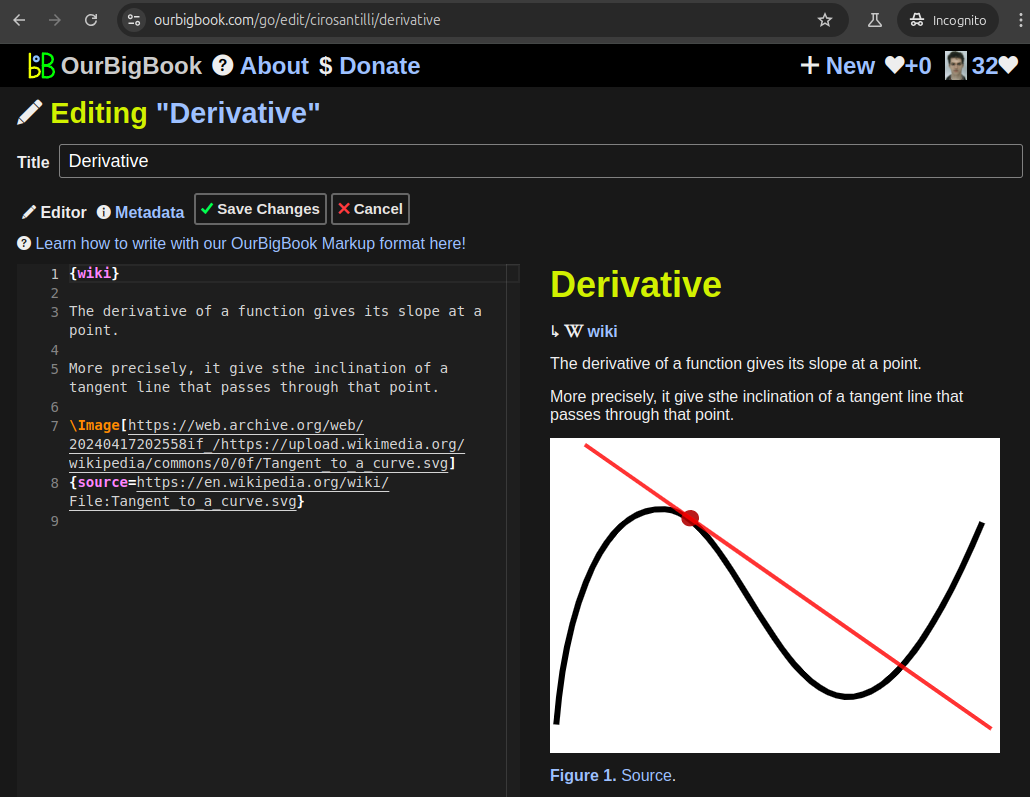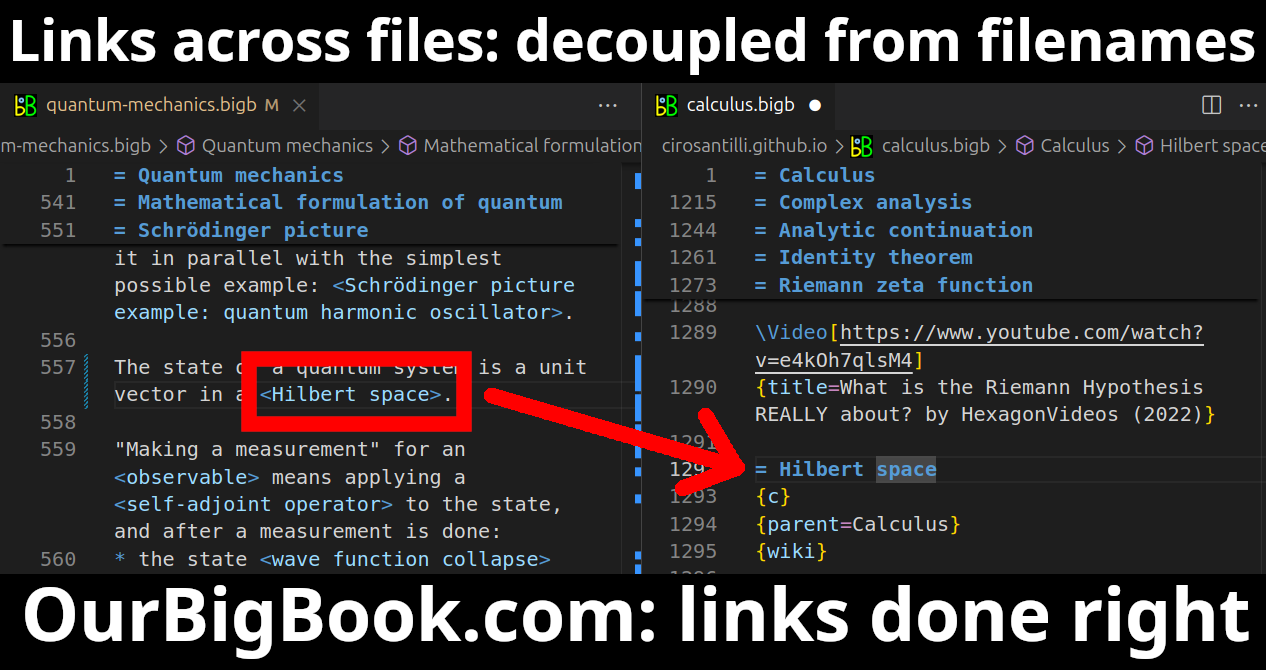Subverted rhyme is a poetic technique where the expected rhyme scheme is altered or disrupted, creating a surprising effect that can enhance the meaning or emotional impact of a poem. Instead of adhering strictly to a predetermined pattern of rhyming words, the poet may introduce unexpected rhymes or use slant rhymes (words that have a similar sound but do not perfectly rhyme) to create tension or highlight a theme.
A "vocabularyclept" poem is not a widely recognized term in poetry or literary studies. You might be referring to a specific style or concept that has been coined recently, or there may be a typographical error. If the term is intended to convey something specific, it could imply a poem that utilizes a rich or complex vocabulary, potentially emphasizing the importance of language and word choice. Alternatively, it might suggest a poem that plays with language in innovative or unconventional ways.
The accuracy paradox is a phenomenon that occurs in the evaluation of classification models, particularly in imbalanced datasets, where a model may achieve high accuracy despite performing poorly in detecting the minority class. Here's how it works: 1. **Imbalanced Classes**: In many real-world datasets, one class may significantly outnumber another. For example, in a medical diagnosis model for a rare disease, there could be 95% healthy individuals and only 5% who have the disease.
Freedman's paradox is a concept in statistics and economics that highlights a seemingly counterintuitive result related to the correlation between two variables that are influenced by a third variable. Specifically, it often relates to the issue of marginal vs. conditional relationships. The paradox demonstrates that when examining the relationship between two variables (let's call them A and B), the inclusion of a third variable (C), which is correlated with both A and B, can significantly alter the observed relationship between A and B.
Stein's example is a concept in the field of statistics, particularly in the context of estimation theory. It refers to a specific case that illustrates the phenomenon of "Stein's paradox," which highlights situations where the optimal estimator can outperform the maximum likelihood estimator (MLE) even when the MLE is unbiased. The classic example involves estimating the mean of a multivariate normal distribution.
As of my last update in October 2023, "X.PC" does not refer to any widely recognized or standard term in technology, computing, or other fields. However, it's possible that "X.PC" could represent a newer product, service, or concept that has emerged after that date or could be an abbreviation or a shorthand for something specific within a particular context or niche.
Weepul is not a widely recognized term or entity, and there might be various meanings depending on context. However, within certain contexts, Weepul may refer to: 1. **Social Platform**: Weepul could potentially be a social networking platform, similar to platforms like Facebook or Twitter, focusing on certain themes, functionalities, or user demographics.
Lek-Heng Lim is a prominent mathematician known for his contributions to the field of mathematics, particularly in areas such as computational geometry, algebraic geometry, and mathematical aspects of computer science. He has published numerous research papers, collaborated on various academic projects, and is recognized for his work in theoretical and applied mathematics. Lim has been involved in teaching and mentoring students in mathematics at various educational institutions.
Dragoslav Mitrinović is a Serbian mathematician known for his contributions to various fields within mathematics, particularly in the areas of functional analysis, complex analysis, and mathematical inequalities. He is also recognized for his work involving the theory of functions and has authored several papers and books on these topics. Mitrinović's research often delves into mathematical problems related to inequalities and their applications in different branches of mathematics.
"Singaporean statisticians" refers to individuals from Singapore who specialize in the field of statistics. This includes professionals and academics who engage in the collection, analysis, interpretation, presentation, and organization of data. Statisticians in Singapore may work in various sectors, including government agencies, private companies, academia, healthcare, and research institutions.
"Liu Chen Hsiao Yun" appears to be a name, but without additional context, it is difficult to provide specific information about the person or subject you are referring to.
Sun Yeneng (also known as Sun Yat-sen) is likely a reference to Sun Yat-sen (1866-1925), a prominent Chinese revolutionary and political leader, who is often regarded as the founding father of the Republic of China. He played a crucial role in overthrowing the Qing Dynasty and establishing a republican government in China.
Radoslav Harman could refer to a specific individual, but as of my last update in October 2023, there isn't widely available information on someone by that name in popular culture, history, or notable events. It's possible that he could be a private individual or a professional in a specific field that isn't well-known outside of specific circles.
Soviet geodesists were professionals involved in the science of geodesy in the Soviet Union, which is the study of the Earth's shape, orientation in space, gravitational field, and related time-keeping. This field combines elements of mathematics, physics, engineering, and geography to accurately measure and understand the Earth's physical properties. Geodesy played a significant role in various applications, including navigation, map-making, construction, and satellite positioning.
Aleksei Zinovyevich Petrov does not appear to be a widely recognized figure or term in public knowledge as of my last update.
Alexei Vasilievich Shubnikov was a notable Russian physicist who made significant contributions to the fields of crystallography and solid state physics. He is particularly known for his work on the properties of crystals, including the discovery of the effects of magnetic fields on crystallographic structures. Shubnikov's research has had a lasting influence on materials science and the understanding of the physical properties of various substances.
As of my last knowledge update in October 2023, Ashraf Huseynov may refer to a person, but there isn't widely available information about a notable individual by that name in public records. It's possible that he could be a private individual, a professional in a specific field, or even a figure who has gained prominence more recently or in a specific context not covered in my training data.
Dmitry Morduhai-Boltovskoi was a notable Russian-born biologist, researcher, and professor known for his work in molecular biology and genetics. He has contributed significantly to the study of various biological processes, including RNA biology and regulatory mechanisms in cells. His research has been published in numerous scientific journals, and he has been involved in both teaching and mentoring students in the field of biology.
Ilya Piatetski-Shapiro was a prominent mathematician known for his contributions to various areas of mathematics, particularly in the fields of number theory and representation theory. He made significant advancements in the understanding of automorphic forms and their applications. Piatetski-Shapiro was also associated with the study of the Langlands program, which connects number theory and representation theory. Born in 1929 in what is now Belarus, he migrated to Israel and later became a professor at several prestigious institutions.
Pinned article: Introduction to the OurBigBook Project
Welcome to the OurBigBook Project! Our goal is to create the perfect publishing platform for STEM subjects, and get university-level students to write the best free STEM tutorials ever.
Everyone is welcome to create an account and play with the site: ourbigbook.com/go/register. We belive that students themselves can write amazing tutorials, but teachers are welcome too. You can write about anything you want, it doesn't have to be STEM or even educational. Silly test content is very welcome and you won't be penalized in any way. Just keep it legal!
Intro to OurBigBook
. Source. We have two killer features:
- topics: topics group articles by different users with the same title, e.g. here is the topic for the "Fundamental Theorem of Calculus" ourbigbook.com/go/topic/fundamental-theorem-of-calculusArticles of different users are sorted by upvote within each article page. This feature is a bit like:
- a Wikipedia where each user can have their own version of each article
- a Q&A website like Stack Overflow, where multiple people can give their views on a given topic, and the best ones are sorted by upvote. Except you don't need to wait for someone to ask first, and any topic goes, no matter how narrow or broad
This feature makes it possible for readers to find better explanations of any topic created by other writers. And it allows writers to create an explanation in a place that readers might actually find it.Figure 1. Screenshot of the "Derivative" topic page. View it live at: ourbigbook.com/go/topic/derivativeVideo 2. OurBigBook Web topics demo. Source. - local editing: you can store all your personal knowledge base content locally in a plaintext markup format that can be edited locally and published either:This way you can be sure that even if OurBigBook.com were to go down one day (which we have no plans to do as it is quite cheap to host!), your content will still be perfectly readable as a static site.
- to OurBigBook.com to get awesome multi-user features like topics and likes
- as HTML files to a static website, which you can host yourself for free on many external providers like GitHub Pages, and remain in full control
Figure 3. Visual Studio Code extension installation.Figure 4. Visual Studio Code extension tree navigation.Figure 5. Web editor. You can also edit articles on the Web editor without installing anything locally.Video 3. Edit locally and publish demo. Source. This shows editing OurBigBook Markup and publishing it using the Visual Studio Code extension.Video 4. OurBigBook Visual Studio Code extension editing and navigation demo. Source. - Infinitely deep tables of contents:
All our software is open source and hosted at: github.com/ourbigbook/ourbigbook
Further documentation can be found at: docs.ourbigbook.com
Feel free to reach our to us for any help or suggestions: docs.ourbigbook.com/#contact






